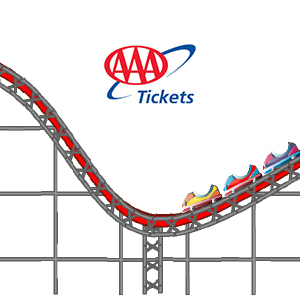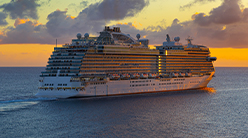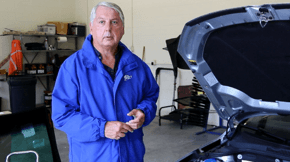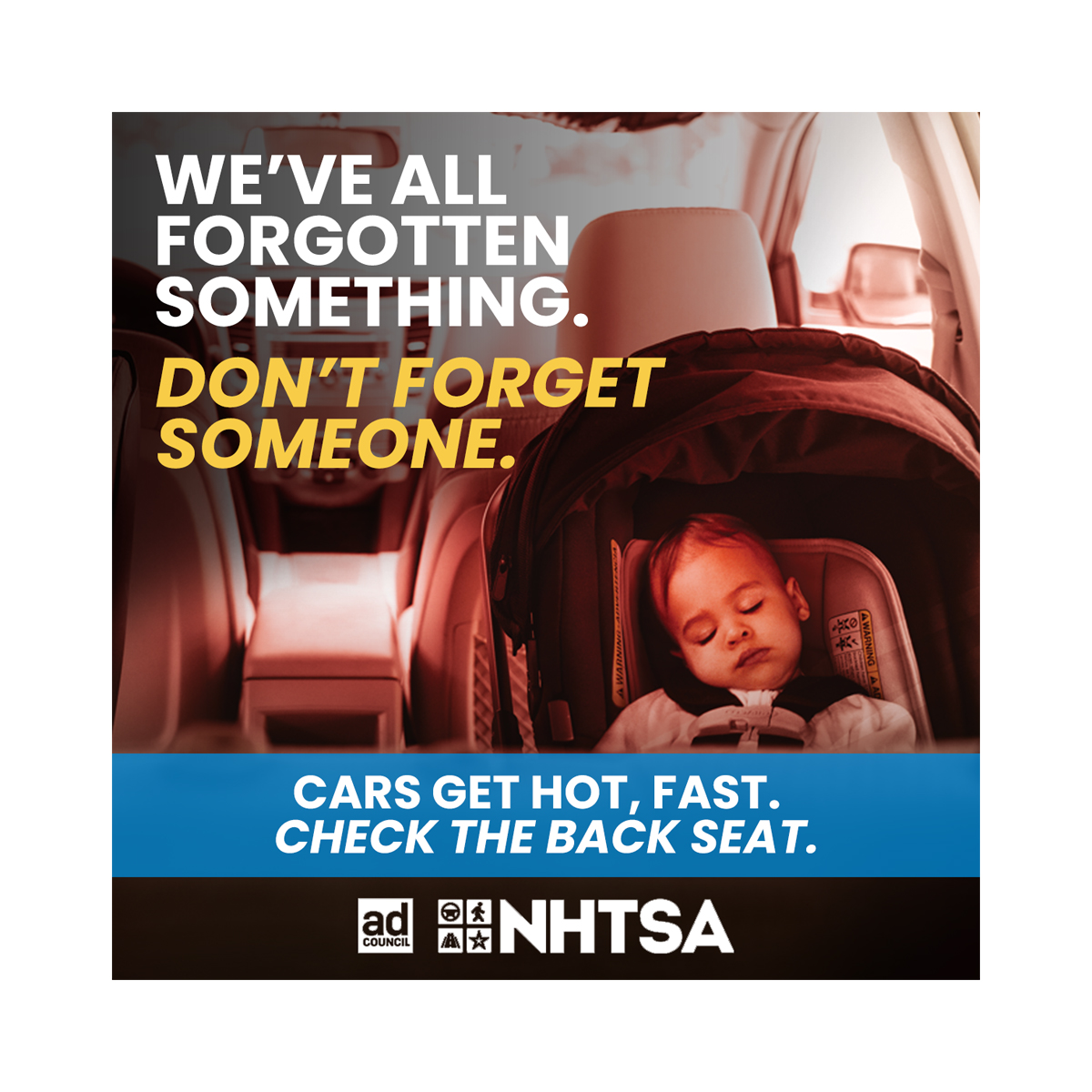Is your car seat installed correctly?
Car seats and child restraint systems save lives, but only if they’re installed correctly and used properly. It’s a sad fact, but most parents don’t install car seats the right way. In fact, the National Highway Traffic Safety Administration (NHTSA) says two out of every three car seats are misused.
It’s not surprising, since car seats can be complicated. Front-facing, rear-facing, booster seat, five-point harness, age and height restrictions, the LATCH system…it may seem like you need an engineering degree to use a car seat properly. AAA is here to help, with resources and information to keep your little ones safe.







